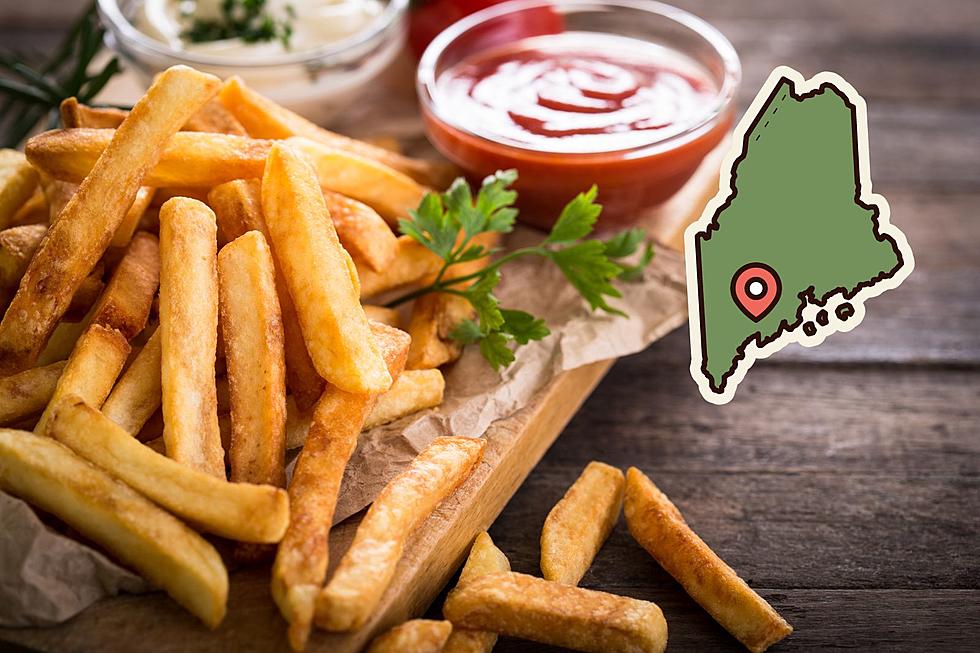
Aroostook County Fishing Report – August 2015
Looking for dip your line this weekend? We've got the latest freshwater fishing report for Aroostook County from the Maine Department of Inland Fisheries and Wildlife.
In the Aroostook region, IFW fisheries biologist Derrick Cote says they have been getting questions about black spots on some trout
“We have received numerous inquiries in recent weeks about "blackspots" present on the skin of brook trout. These blackspots are the intermediate stage of a parasitic worm known as a trematode. The adult form of the worms are found in the intestine of fish-eating birds such as the loon, kingfisher, duck, gull, cormorant, with the heron being the most common.”
“After reproduction, eggs are subsequently released into the water with the droppings of the host bird. The eggs soon hatch into a larval form and seek out an intermediate host snail. Further development requires the larvae to burrow into the internal tissues of a specific species of snail within a short period of time or else the larvae soon perish.”
“Within the snail, the larvae undergo two more stages of development within a month or two. Under the influence of warming water and light, the cercariae, as they are now called, break out of the snail and begin to seek a suitable fish, the second intermediate host. “
“As with the snail, if contact with an appropriate fish is not soon made, the cercariae will die. Upon contact with a fish, the parasite bores through the scales and skin and occasionally the muscle whereupon it is surrounded with a thin wall. The fish in turn lays down a black pigment around the encysted parasite thereby producing the "blackspot" visible to the angler.”
“The final stage of the life cycle occurs when a bird, the final host, eats a fish infested with blackspot. Digestive juices within the bird's stomach frees the encysted parasite from the fish's skin whereupon it migrates to the bird's intestine and develops into a sexually mature worm, completing the life cycle. “
“We are not aware of a situation in the wild where blackspot has been lethal or harmful to adult fish. Nor is it necessary to refrain from eating a fish infested with blackspot. Cooking the fish will destroy the parasite and the parasite is not known to survive in humans. So, although the presence of blackspot may detract from a trout's appearance, it is of no consequence to its edibility.
More From









